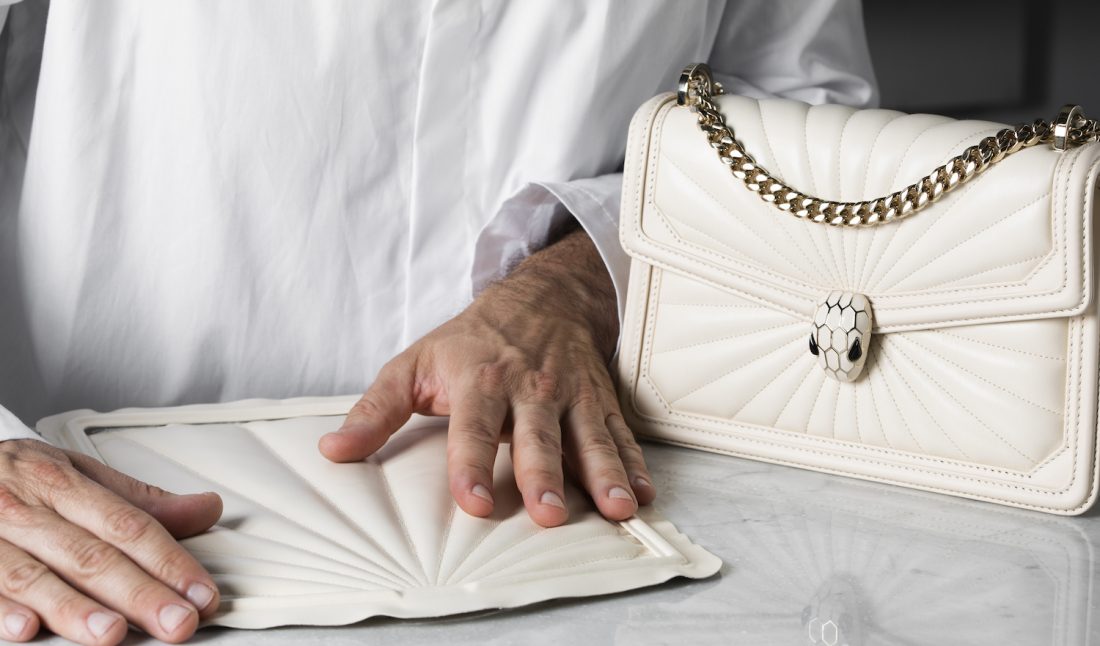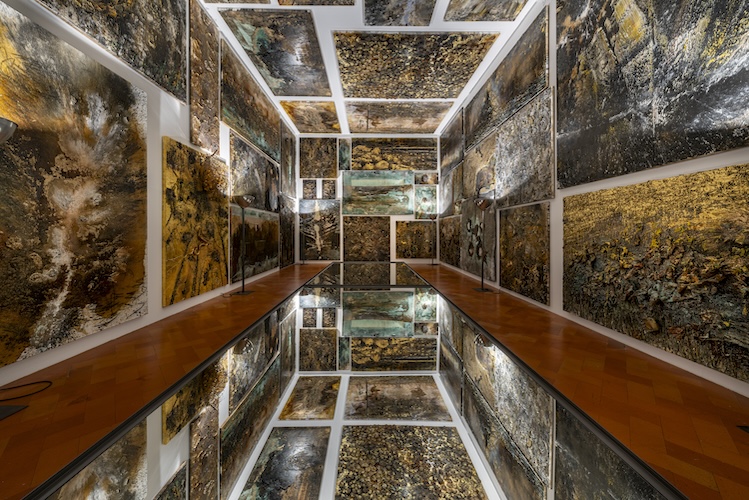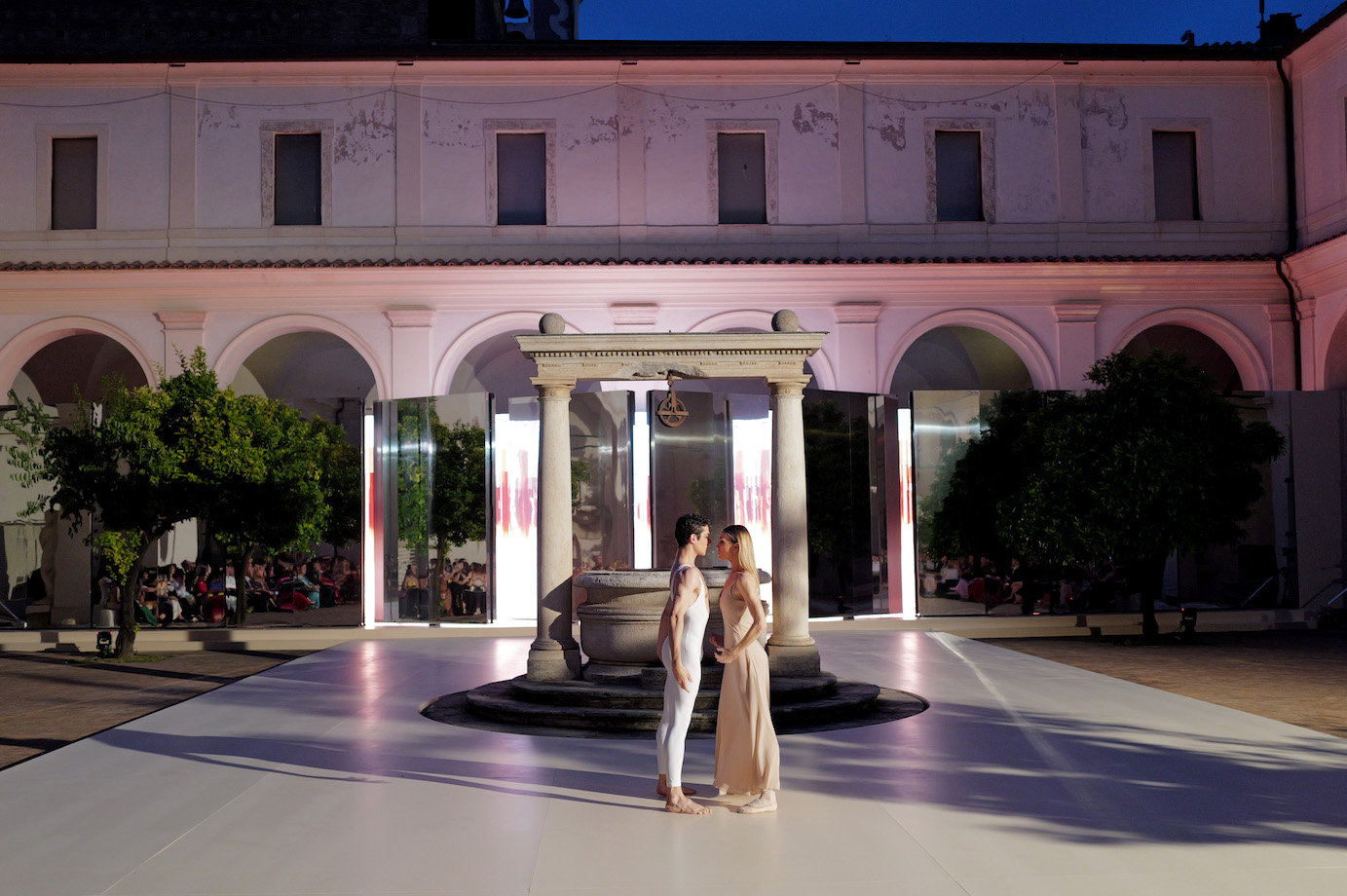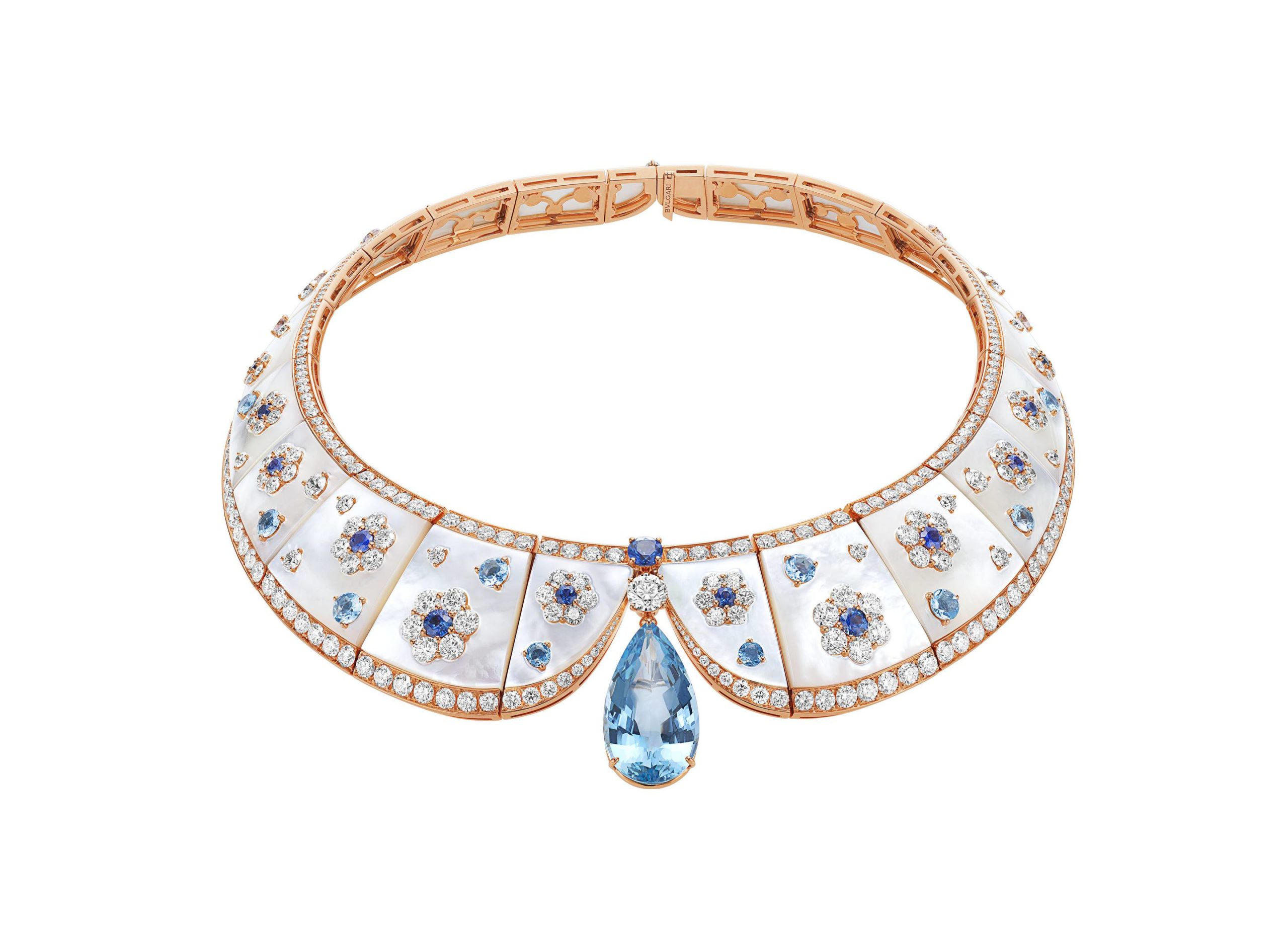Just three miles from the Piazza del Duomo in Florence is Bvlgari’s handbag atelier. Far enough from the thrum of the Italian jewelry brand’s headquarters in Rome yet close enough to feel its pulse, the location was chosen due to its proximity to the world’s top tanneries. Located in an old textile mill along
the Arno River, it hosts 100 artisans across four production zones to create luxury accessories.
Last fall, Whitewall traveled there to see firsthand the inspiration and inner workings that are behind Bvlgari’s handbags. Images and archival sketches lined the hallways, detailing the brand’s signature snake motifs, jewelry pieces, muses, and collaborators since its founding in 1884. Inside the workshop, each station was stocked with materials of the highest quality and outfitted in trusted tools, guiding the bag from sketch to global consumer.
Since the accessories workshop was established in 2008, Bvlgari has created many handbags and accessories inspired by its iconic jewelry collections. The first iteration of this was the creation of the yellow gold Melon bag, featuring a cabochon sapphire button release, suede lining, and an interior oval mirror. Today, the brand continues to pull inspiration from its jewelry and Roman heritage, creating pieces that are reworked with new hardware, gemstones, shapes, and colors. To hear how Bvlgari balances its Roman roots with contemporary design for a global market, Whitewall spoke with the brand’s CEO, Jean-Christophe Babin, and its director of leather goods and accessories, Mireia Lopez Montoya.
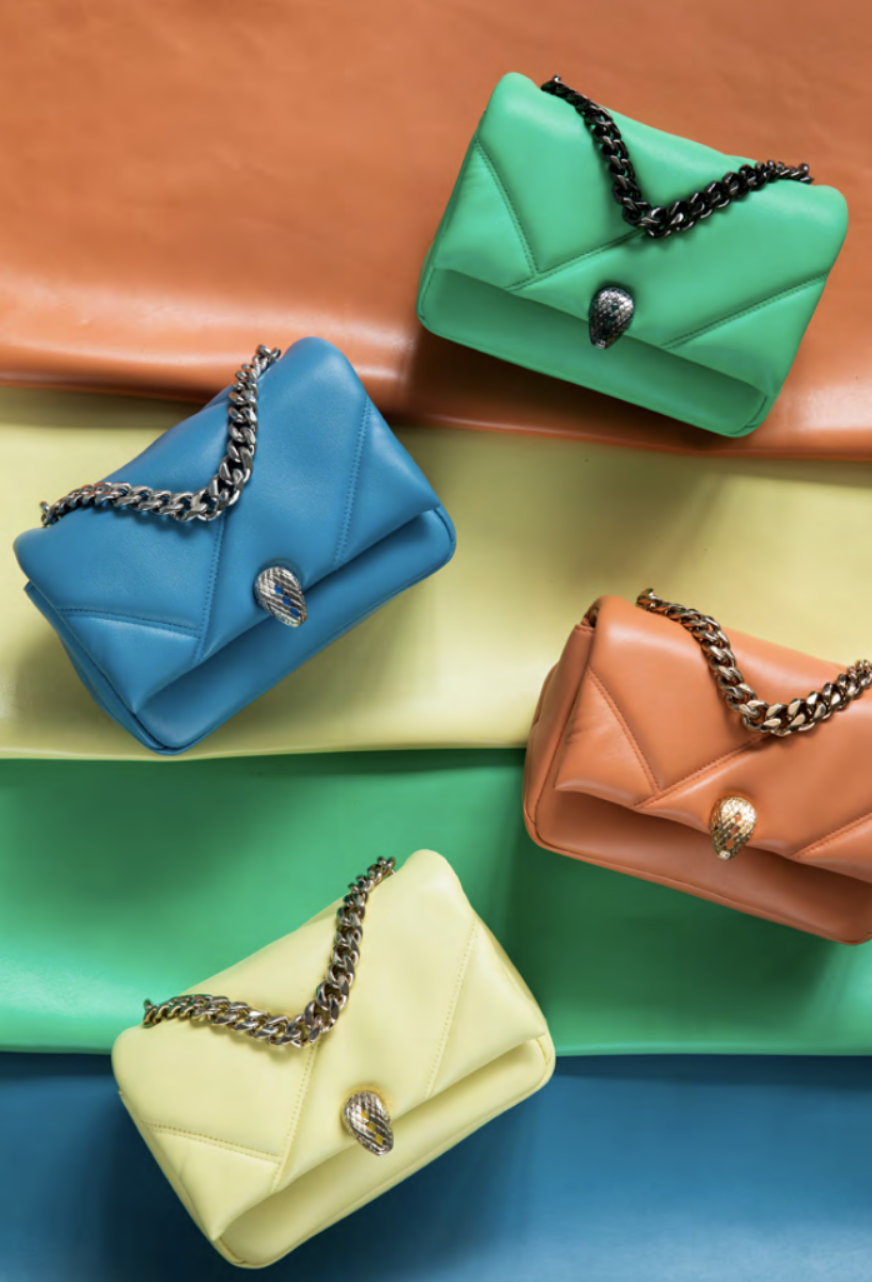 Courtesy of Bvlgari.
Courtesy of Bvlgari.
WHITEWALL: Since joining Bvlgari nine years ago, what aspects of the brand continue to inspire you?
JEAN-CHRISTOPHE BABIN: The history of the brand has always been important. Bvlgari has determined a style that is today recognizable all over the world. When I joined Bvlgari, I realized that its story should be shared more, as well as its Roman roots—the DNA we often take for granted yet determines the identity of the brand. La Dolce Vita; the movie stars who wore Bvlgari jewels; the audacity of the visionary founder who decided to open the Via Condotti boutique and make jewels with colored stones in unexpected cuts; the Serpenti icon, a distinctive element of the brand, which perfectly told how Bvlgari transformed itself through the ages and was interpreted through creations. Today, we are even more proud to tell this beautiful story.
WW: Has the pandemic impacted your idea of the brand and its standing in the luxury market?
JCB: The pandemic has certainly changed the way of life, and, in some ways, working on a daily basis, but it hasn’t changed the idea of the brand. Thanks to its solid roots, its consistency, and its ability to keep up with the times, Bvlgari has been able to react in an excellent way to an unexpected difficulty. Moreover, fashion has always been the mirror of the times. Creativity and beauty are the cure to start over, even after such difficult moments.
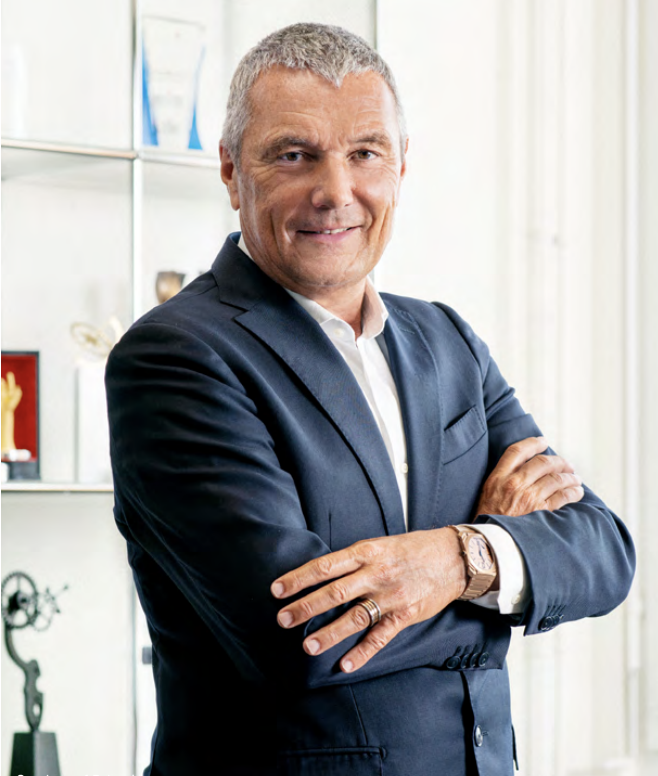 Jean-Christophe Babin, courtesy of Bvlgari.
Jean-Christophe Babin, courtesy of Bvlgari.
WW: How does living in Rome impact your view of Bvlgari?
JCB: I have always been passionate about the world of art. Living in Rome is like discovering a treasure chest full of treasures, day after day. Rome is unique in its architecture, in its monuments. You walk the streets of this city and you never stop discovering new corners of history. Besides that, the way of life is incredible—joyful, eccentric, creative. Bvlgari perfectly embodies this mood and puts it in each of its creations—through the shapes of the design and the colors of the gems. Everything starts from Rome.
WW: Mireia, how does working for a heritage brand impact your approach to contemporary design?
MIREIA LOPEZ MONTOYA: It’s probably one of the most interesting aspects the greatest jewelers in the world, certainly the greatest Italian jeweler. The brand’s DNA is strongly rooted in its origins and in the city of Rome, which always remains its main source of inspiration. The strength of the brand lies precisely in this—the ability to keep the past as a starting point, but with a vision for the future. If we think of the iconic snake emblem, important and present in the accessories collections with its meaning of rebirth, we understand Bvlgari’s ability to continually reinterpret itself.
WW: You are a Spanish woman with an educational background in the U.S. and France, now working in Italy. Do you feel you approach accessories and aesthetics with a global eye?
MLM: Absolutely. Everything we do starts from a strong curiosity that looks at the world. I am always in contact with our international teams to understand in real-time if what we are thinking centrally is also correct for them. We try to have a starting idea that can be personalized and enhanced according to the different cultures of very different countries. Today, we are in a digital-forward age, so in this sense, the approach is not the same for everyone. A constant search must be made for contents that satisfy the needs of many without ever losing the Bvlgari DNA and the uniqueness of a distinctive design.
 Mireia Lopez Montoya, courtesy of Bvlgari.
Mireia Lopez Montoya, courtesy of Bvlgari.
WW: Some handbags gain inspiration from details found in jewelry. Was this the case for any pieces in the Spring/Summer 2022 collection, “AMOROMA”?
MLM: The collection highlights new shapes, such as the Serpenti Ellipse bag and the Jewelry Box, which draws inspiration from a twenties silver jewelry box, part of the Bvlgari “Heritage” collection, to reinterpret this iconic object into an unexpected shape—as well as in the laser-cut Serpenti bag that draws inspiration from a heritage watch. We also see the introduction of a new motif, INFINITUM, which is a tribute to the monumental magnificence and timeless beauty of Rome, adopting the legendary Bvlgari logo as a distinctive element of design.
WW: Bvlgari regularly presents a guest handbag collaboration named “Serpenti through the eyes of.” Where do these arise?
MLM: The collaborations arise from an idea closely linked to our iconic sign, the Serpenti. We like giving upcoming designers with a vision the opportunity to look at Serpenti with their own eyes, even if their aesthetic is different from the brand’s—free to reinterpret it by giving a very personal touch linked to their own design concept. Collaborations reflect a lot of other important aspects of Bvlgari’s DNA, which is precisely to give opportunities to new talents. Personally, it’s fun and fascinating to watch how our iconic sign is reinterpreted, to talk to these emerging talents, and to discuss with the world of fashion and creativity today.
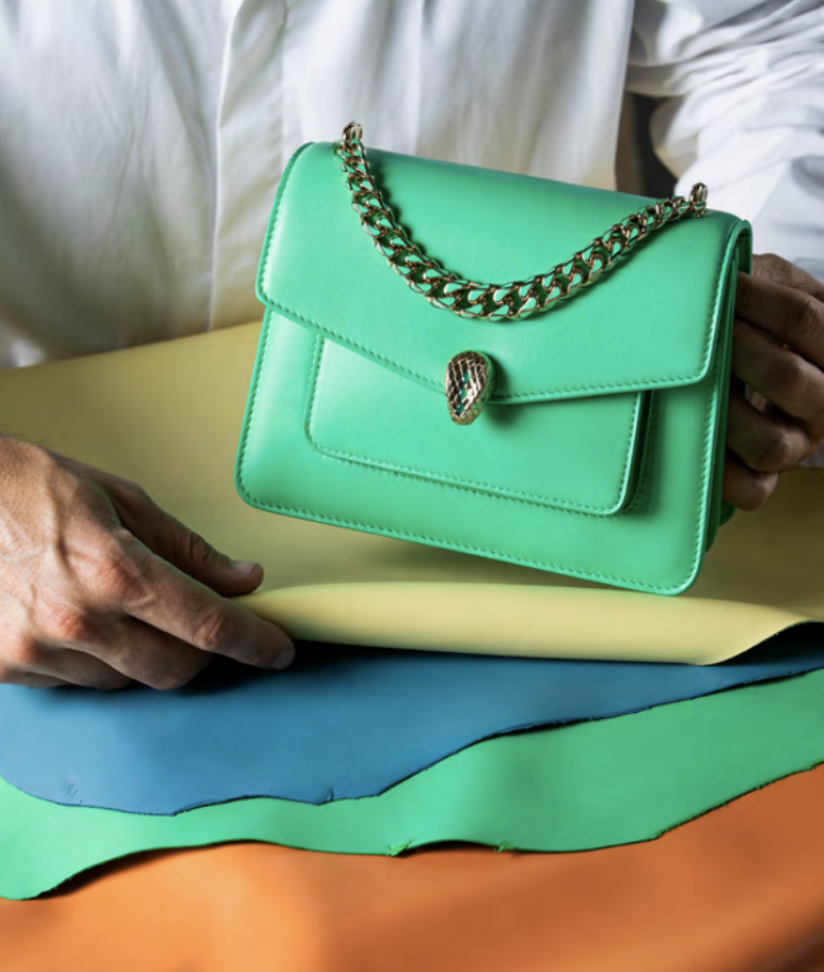 Courtesy of Bvlgari.
Courtesy of Bvlgari.
WW: Where do you feel the future of luxury is?
MLM: Luxury is the maximum expression of the concept of beauty. It can be the result of experience or the technical execution of a product. Today, more than ever, luxury is in the history of the product; in the hands that make it; in the materials; in the craftsmanship and creativity that make it unique. Luxury is being able to tell this to the customers who choose it, making them participate. Luxury today for Bvlgari means returning to the origins of artisanal savoir-faire, of beauty and master craftsmanship, and continuing to make our customers feel unique.
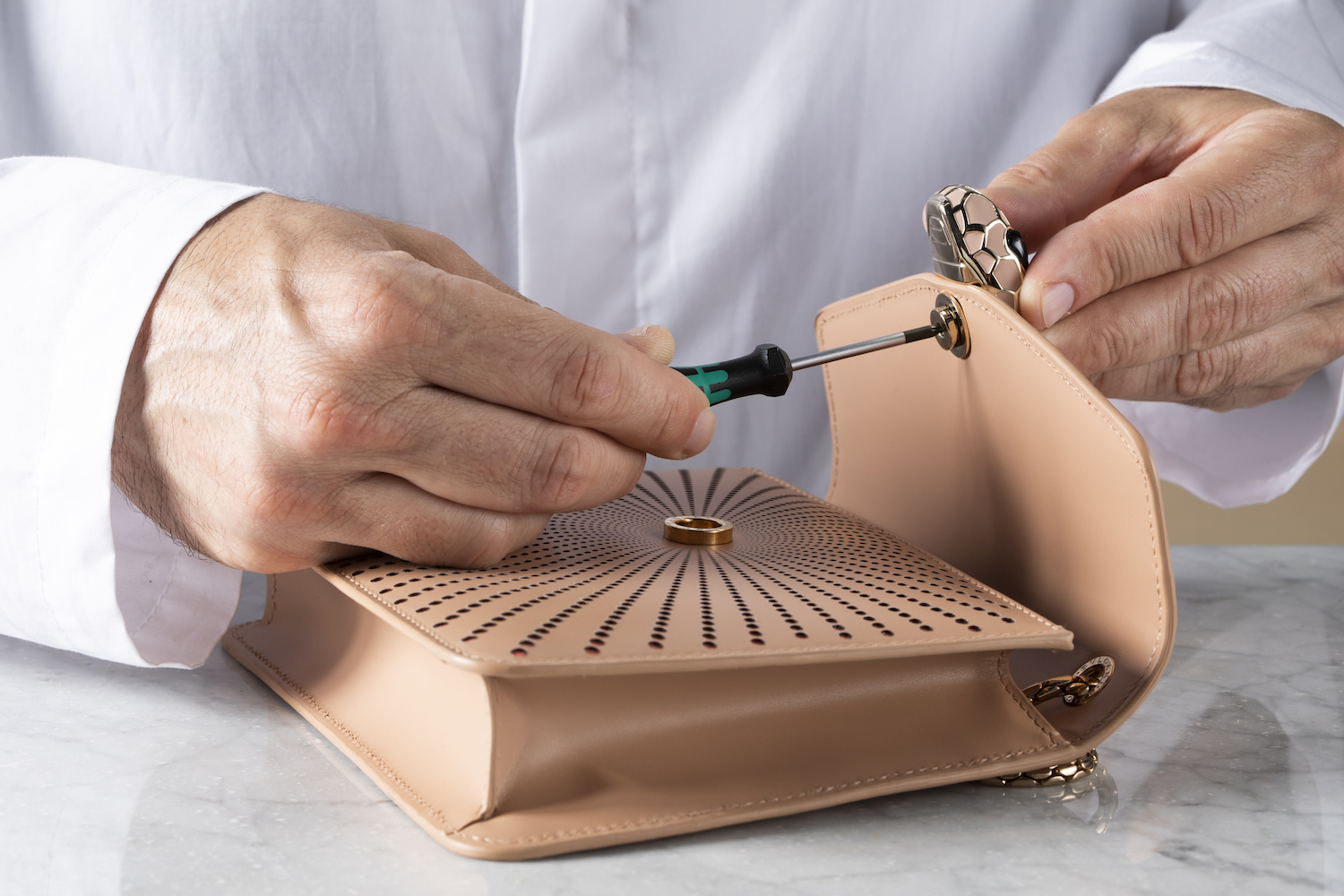 Courtesy of Bvlgari.
Courtesy of Bvlgari.






